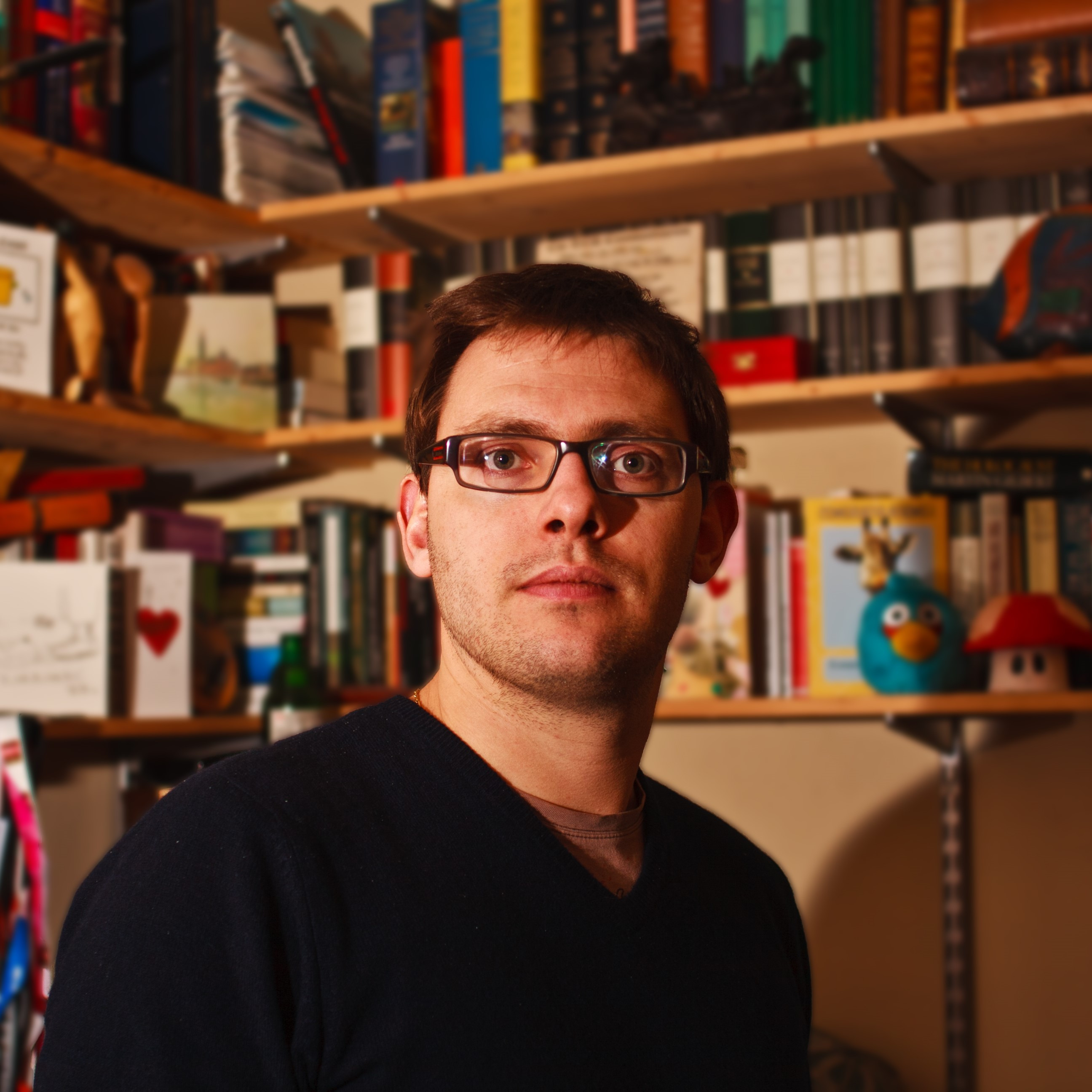You are in: Middle East
Change location
You are here
Meet the author Tom Chatfield
 Tom Chatfield is the big brain behind Critical Thinking, our colourful, creative and accessible guide for students at university just starting to think critically about their work and the world around them.
Tom Chatfield is the big brain behind Critical Thinking, our colourful, creative and accessible guide for students at university just starting to think critically about their work and the world around them.
To help you get to know Tom better we quizzed him on his critical thinking know-how. You can also read a sample chapter of Critical Thinking and watch a quick video with the man himself.
What is critical thinking?
Critical thinking means learning to think twice about the evidence in front of your eyes and to ask what is really going on in the world.
What makes critical thinking so important today?
If you look at being a student today, you are confronted with almost infinite information on screen. You are bombarded with feeds, fake news, opportunities; how do you engage with this? For me, critical thinking is one of the key skills for coping with an information age, and also for what makes people skilled, unique and valuable in an era of disruption, automation and tidal waves of possibilities sweeping away much that used to be certain.
How does critical thinking help students?
If you’re improving critical thinking as a student, you are becoming a more discerning consumer of information. You’re becoming better at differentiating between good and bad sources. You’re becoming better at the fundamentals of making arguments, coming up with explanations and asking what it means to research a subject. It also addresses how you can express your own ideas and take away something of value that belongs to you, rather than just parroting other people’s words and desperately trying to make your way through endless reading.
What problems will this book solve for lecturers?
More and more people are coming into education with higher and higher expectations. A lot of students feel overwhelmed: they feel that so much is expected of them and yet they are not confident in the basics of researching, of engaging with ideas, of being autonomous learners. What I hope this book offers to lecturers, above all, is something they can rely upon to give students of all types more confidence and competence as autonomous thinkers and researchers. So the lecturer can get on with teaching, and be confident that students will go with them on that journey rather than getting left behind.
Build your critical thinking knowledge
Take a break from reading. This short video explains what critical thinking is all about (and what you can gain by learning this skill).
Download a free chapter of Critical Thinking, the second edition.
Browse our other critical thinking, reading and writing resources.
We quizzed Tom on Twitter about all things criticality, from how you can use it outside of academic life to how you can actively combat misinformation online. Read our #TalkCriticalThinking thread or download the full write-up below.
Tom Chatfield is a writer, broadcaster and tech philosopher. He’s interested in improving our experiences of digital technology, and better understanding its use through critical thought. His six books exploring digital culture have appeared in over two dozen countries and languages.
Tom also creates and designs content for games, apps and interactive media, and speaks around the world on technology, the arts and media (appearances include TED Global and Authors at Google). A columnist for BBC Future, Tom writes and commentates in the international media (including BBC Two Newsnight, Radio 4 and ABC), as well as guest lecturing at universities in the UK and Europe.
When not working, he plays jazz piano and drinks too much coffee.
Follow Tom on Twitter: @TomChatfield
#TalkCriticalThinking
